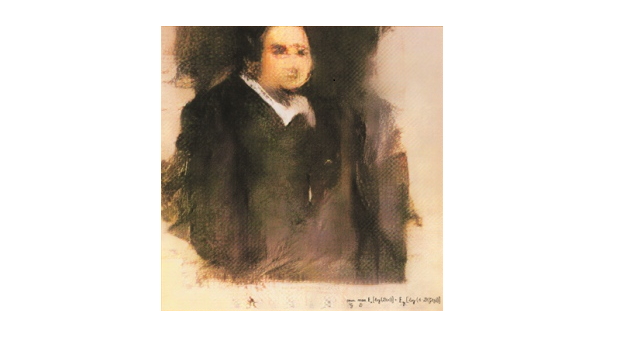…what if the author were a robot? (Artificial Intelligence and Copyright)
Reading time: 4 minutes
Written by: Luigi Frigerio Leggi la bio for Canella Camaiora Studio Legale
It was recently reported that Christie’s auctioned the first painting entirely created through a targeted use of artificial intelligence systems.

It is the ‘Portrait of Edmond de Belamy‘, which was auctioned at Christie’s – the famous auction house – for the sum of 432,000.00 Dollars.
Can a work created by a robot be considered “Art”? Can it be protected by copyright?
In order to answer these questions, a few clarifications should first be provided.
What does Artificial Intelligence mean?
There is no single notion of A.I. Stanford University, in their “Artificial Intelligence and life in 2030” report (2016), defines it as a science and a set of computational technologies that are inspired by the ways people use their nervous systems and bodies to sense, learn, reason and take action.
Artificial Intelligence has the capacity to create literary, musical and figurative works: a curious example is the novel entitled “The Day a Computer writes a novel“, written by an Artificial Intelligence software developed by the University of Hokkaido, or “Iamus”, the system developed by researchers at the University of Malaga that can “compose” original chamber music almost autonomously.
What is the current state of legislation on the subject?
The Italian Copyright Law (L. 633/1941) does not have a clear provision in this regard. On the other hand, the US Copyright law requires the work’s creation to be attributable to a person (even if the normative considerations on moral rights remain vague).
The US Copyright Office has even drawn up a list of unprotected works. Computer-generated works are expressly mentioned among them.
What is today meant by “Author”?
The Author identifies the person who creates the work. The term “ingenuity” and “intellectual work” – at least in the current definition of the law – would only appear to refer to human activity, and not to artificial intelligence formulas and algorithms.
Some practical considerations for our analysis can be drawn from a combined reading of art. 1 (“are protected […] creative works of the mind belonging to literature, music, figurative arts […] whatever the mode or form of expression“) and art. 6 (“the original title of the acquisition of copyright is the creation of the work, as a particular expression of intellectual work“) of Law 633/1941.
The Italian Copyright Law, therefore, denies protection to works generated by artificial intelligence systems, stressing instead the fundamental character of the creative process as a typically human act, characterised by the author’s personal imprint.
So, in the absence of copyright protection, is there no way to protect these kinds of ‘creations’? Should we resign ourselves to the fact that they are therefore in the ‘public domain’?
The answer seems to be affirmative. However, the hypothesis of contractually regulating the rights on the ‘artificial creator’ should not be discarded.
For dedicated advice, as always, we advise you to contact our intellectual property experts.